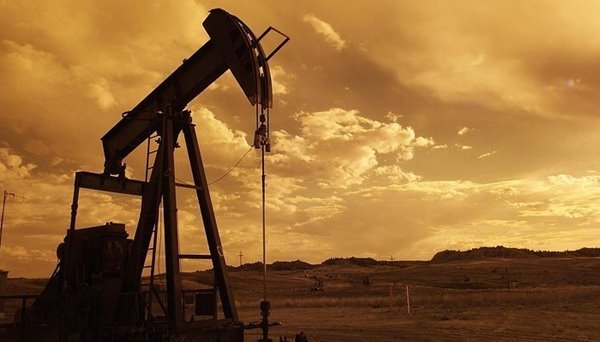Government-owned engineering consultancy firm Engineers India (EIL) is studying the prospects and feasibility of developing salt cavern-based strategic oil reserves in Rajasthan.
Key details:
- If the idea comes to fruition, India could get its first salt cavern-based oil storage facility.
- The country’s three existing strategic oil storage facilities — at Mangaluru and Padur in Karnataka, and Visakhapatnam in Andhra Pradesh are made up of excavated rock caverns.
- Need for oil reserves:
- Countries build strategic crude oil reserves to mitigate major supply disruptions in the global supply chain.
- Strategic petroleum reserves (SPRs) are stockpiles of crude oil maintained by countries for release in the event of a supply disruption.
- India, the world’s third-largest consumer of crude, depends on imports for more than 85% of its requirement .
- Strategic petroleum reserves (SPR) could help ensure energy security and availability during global supply shocks and other emergencies.
- Countries build strategic crude oil reserves to mitigate major supply disruptions in the global supply chain.
- Current capacity of India:
- India currently has an SPR capacity of 5.33 million tonnes, or around 39 million barrels of crude, that can meet around 9.5 days of demand.
- The country is in the process of expanding its SPR capacity by a cumulative 6.5 million tonnes at two locations — Chandikhol in Odisha (4 million tonnes) and Padur (2.5 million tonnes).
- India’s strategic oil reserves come under the Petroleum Ministry’s special purpose vehicle Indian Strategic Petroleum Reserve (ISPRL).
- Salt cavern-based reserves v. rock cavern-based reserves
- Unlike underground rock caverns, which are developed through excavation, salt caverns are developed by the process of solution mining, which involves pumping water into geological formations with large salt deposits to dissolve the salt.
- After the brine (water with dissolved salt) is pumped out of the formation, the space can be used to store crude oil.
- The process is simpler, faster, and less cost-intensive than developing excavated rock caverns.
- Salt cavern-based oil storage facilities are also naturally well-sealed, and engineered for rapid injection and extraction of oil.
- This makes them a more attractive option than storing oil in other geological formations.
- The salt that lines the inside of these caverns has extremely low oil absorbency, which creates a natural impermeable barrier against liquid and gaseous hydrocarbons, making the caverns apt for storage.
- Also, unlike rock caverns, salt cavern-based storages can be created and operated almost entirely from the surface.
- Salt caverns are also used to store liquid fuels and natural gas in various parts of the world.
- They are also considered suitable for storing compressed air and hydrogen.
.png)
- Potential in India for storing crude, petroleum products
- Rajasthan, which has the bulk of requisite salt formations in India, is seen as the most conducive for developing salt cavern-based strategic storage facilities.
- A refinery is coming up in Barmer, and Rajasthan has crude pipelines as well.
- Such infrastructure is conducive for building strategic oil reserves.
- However, no Indian company had the requisite technical know-how to build salt cavern-based strategic hydrocarbon storage.
- This gap in access to technology has been bridged by EIL’s recent partnership with Germany’s DEEP.





